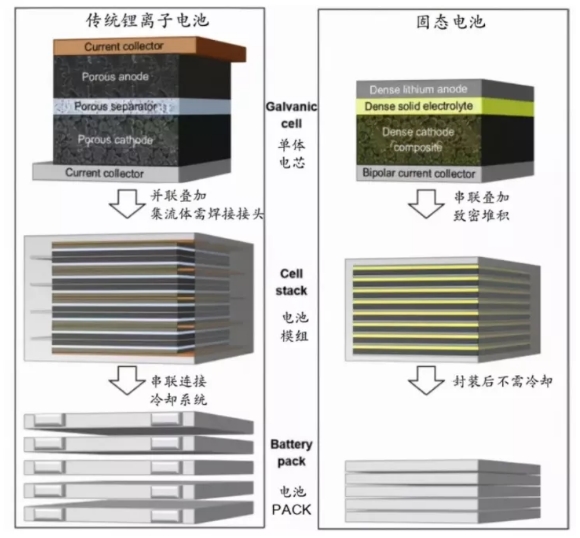
Privacy statement: Your privacy is very important to Us. Our company promises not to disclose your personal information to any external company with out your explicit permission.
No new long-term Energy Storage project has been built in the UK since the 1980s, and enough wind power to power more than 1m homes will be wasted in 2020 as a surplus of renewable energy cannot be stored anywhere.
In this context, KPMG commissioned a report by Drax, the power generation group, to look at different revenue stabilisation mechanisms that could be used to unlock investment in a number of key energy storage technologies to help stabilise the grid and promote a high proportion of renewables.
The report evaluates possible solutions through a rigorous framework to find stability mechanisms that stimulate investment, meet system requirements, and provide users with the best value for money.
The report looks at four investment mechanisms: contracts for Difference (CfD) schemes, regulated asset value (RAV) models, caps and floors and a reformed capacity market regime. It is ultimately found that the cap and floor mechanism, like the mechanism used to incentivise cross-border connectivity investment, is the most favorable solution to overcome the current barriers to investment in long-term energy storage technologies. This model would also reduce investor risk while encouraging operators of new energy storage projects to respond to system demand and help power system operators maintain secure supplies in an increasingly volatile grid.

Current challenges for long-term energy storage projects include revenue and cost uncertainties, long lead times for project development, and high upfront capital expenditure requirements. Last year, the UK government's Department for Business, Energy and Industrial Strategy (BEIS) called for evidence on how long-term storage could be achieved, including what the current barriers to the market are and how they could be addressed.
In a cap and floor mechanism, revenues or profits are subject to minimum and maximum levels. Customers below the "bottom line" will get an increase in revenue, and those above the "ceiling" will get all or part of their revenue returned to them. However, specific design features are required to reflect the flexibility and nature of long-term storage projects. Specifically, the mechanism needs to be flexible enough to reflect differences between long-term storage technologies and to ensure that income stability does not reduce incentives to deliver market-efficient results.
KPMG outlined how the same support mechanism has unlocked investment in the sector since cross-border interconnection was introduced in 2014. This is due to the fact that investors are able to predict the project's annual maximum and minimum revenues over a 25-year period, thereby reducing the risk.

In addition, KPMG found that CFDS may not reflect the operational characteristics or value of energy storage assets, as they typically encourage electricity exports without regard to market conditions; The capacity market, while providing a stable source of minimum income for long-term storage, is unlikely to be sufficient to cover the debt costs of large-scale investments; Regulated asset value models are unlikely to provide sufficient incentives for asset operators to respond to market signals.
Penny Small, head of power generation at Drax Group, said that as storage continues for longer, energy storage systems will operate more efficiently in reducing emissions, reducing costs and maintaining a secure supply, adding that Drax has technologies such as pumped storage precisely because they store excess renewable power. And become the key to achieving net zero emissions.
Drax is currently planning to build a 600MW pumped storage power station at its existing Cruachan site in Argyll, Scotland, which will create more than 900 jobs and bring the area's total generating capacity to 1.04GW, enough to power more than 1 million homes. Such projects are vital to meeting the UK's climate targets.
There are many other potential long-term storage projects in the UK, but none have come on stream because companies need more certainty from the government before they can give the green light to develop projects.

Privacy statement: Your privacy is very important to Us. Our company promises not to disclose your personal information to any external company with out your explicit permission.

Fill in more information so that we can get in touch with you faster
Privacy statement: Your privacy is very important to Us. Our company promises not to disclose your personal information to any external company with out your explicit permission.